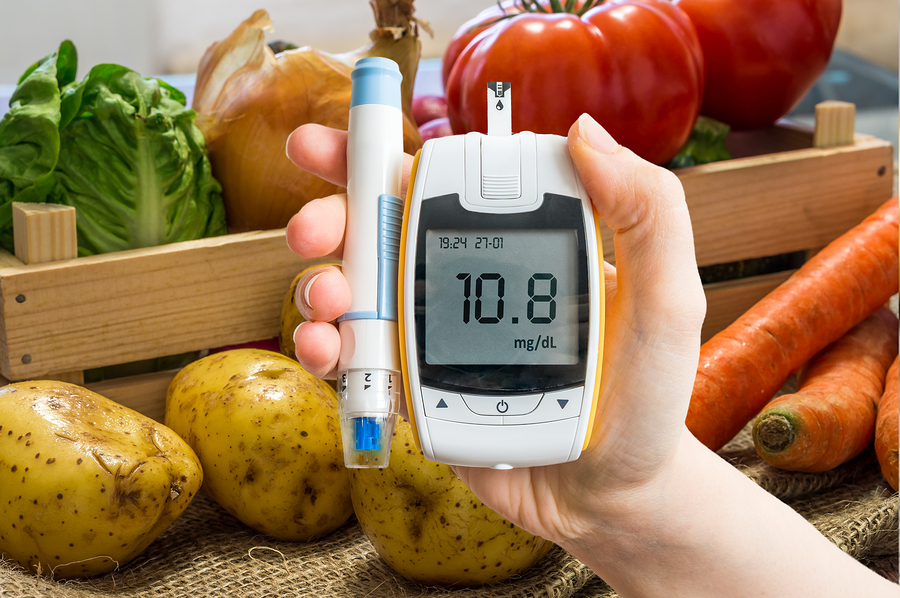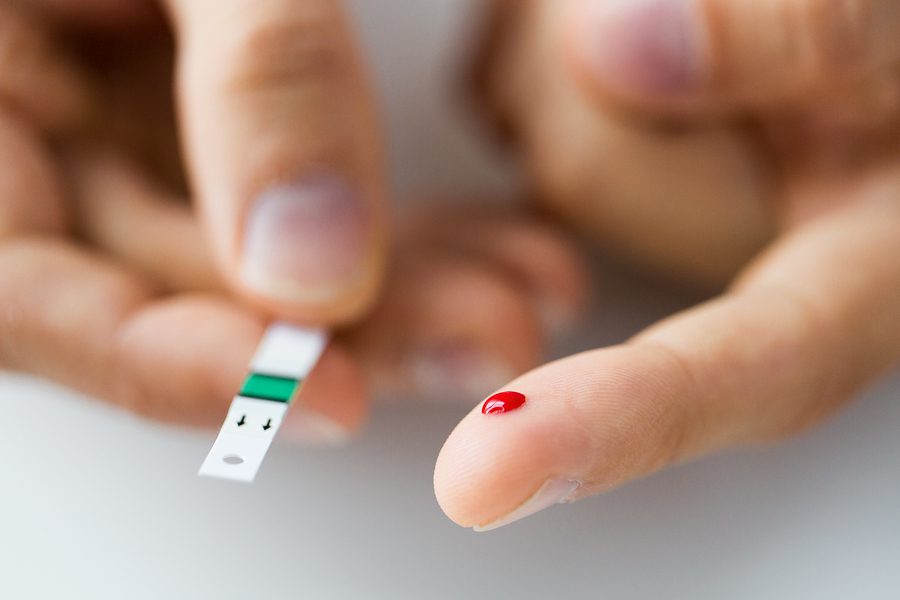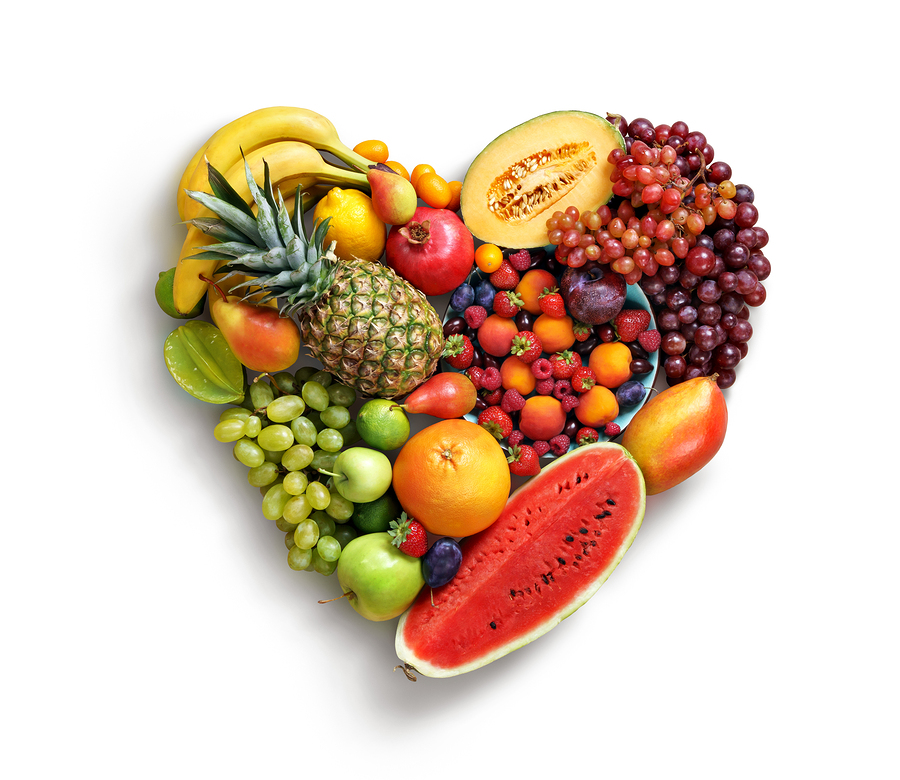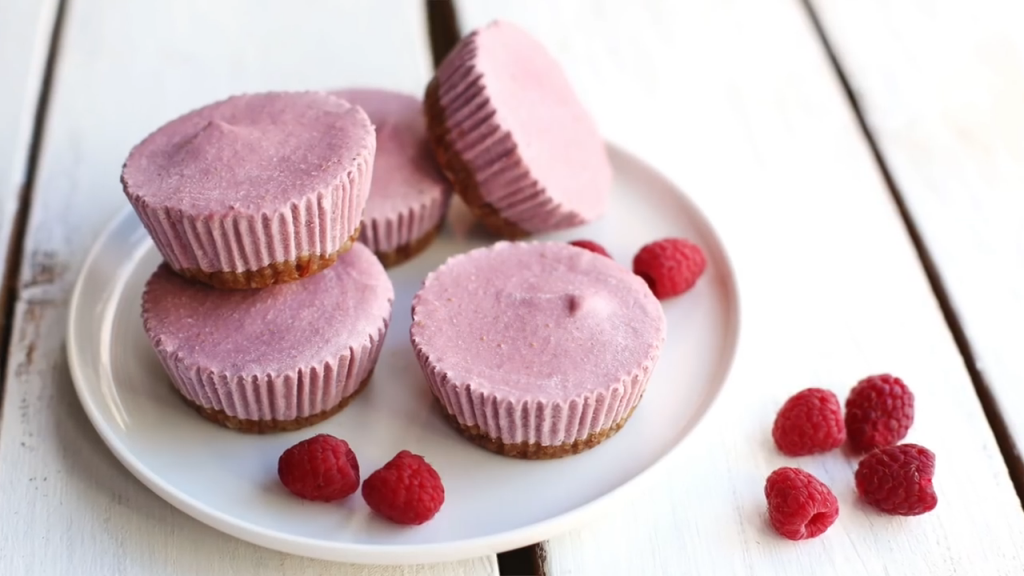- Make It Yourself Lavender Heart-Shaped Bath Bombs!
- 20 Things You Never Knew About “Down There”
- 12 Best Foods For Those Suffering From Arthritis Pain
- 12 Personal Hygiene Mistakes Almost Everyone Makes (Mom Never Told You About #4!)
- 15 Medicinal Plants And Herbs From The Cherokee People
- 12 Mind-Blowing Benefits Of Drinking Coconut Water During Pregnancy
- 12 Outstanding Winter Foods That Won’t Fatten You Up Like A Christmas Turkey
10 Common Food Myths For People With Diabetes

Photo credit: bigstock.com
There are two types of diabetes – type 1 and type 2. Type 1 is where your body is unable to process insulin on its own and must rely on insulin shots in order to survive. Type 2 diabetes used to be called “adult onset” diabetes, but is now a condition that often occurs in those who are overweight, under exercised, and often consume more foods that turn into glucose than the body can process correctly.
There are many misconceptions as to what is the truth about this potentially serious disease. The main truths are that this disease can be controlled by proper diet and plenty of exercise. If this condition is not taken care of, it could spread to result in diabetic shock, eye diseases, and possible amputations of the toes, feet and legs.
Here are some common misconceptions that many people believe to be true about diabetes. The main truth that many people are not willing to believe is that type 2 diabetes not only can be brought under control, it can ultimately be healed permanently. When the glucose levels have been brought under control, and the pancreas has been given the chance to operate properly again there is no longer a need for medication and the person is no longer considered a diabetic. Here are the top food myths about having diabetes.
1. You have to eat a different diet
Those who have diabetes are generally able to eat what the rest of the family can eat with an attention to portion control. Anything is allowed as long as it is under control and the blood sugar levels are in the position to burn excess glucose to remain within the set glucose levels.
2. You can’t have any sugar at all
This is probably the biggest misconception regarding diabetes. While too much sugar is definitely a no-no, a small amount that is calculated to fit into your daily calorie and carbohydrate totals is allowed.
Continue to Page 2

Photo credit: bigstock.com
3. Eating sugar-free foods will keep your blood sugar levels
One of the first things a diabetic is taught is to read all labels. Just because something is labeled sugar-free does not mean that it is lower in carbohydrates or calories. Many times when a food has a portion of it removed, additional items such as sugar, fat, or salt, have been added to make them taste better. You are better off having one serving of regular ice cream than a cup of sugar-free ice cream.
4. You should always eat no-carb or low-carb diets
You should never eat a diet that is completely without any carbohydrates. Whether you are on a healthy diet or a diabetic diet, eating no carbohydrates or too low an amount of carbohydrates could put your body into ketosis. Ketosis is not a good condition for anyone to be in for any length of time. It is possible to enjoy lower carbohydrates while keeping your total number to a predetermined total in order to stay healthy. An overall diet that consists of protein, fruits, vegetables, and carbohydrates should always be the aim of a well-balanced eating plan.
5. You should never eat anything white
This misconstrued idea means that you should never eat white bread, rice, cauliflower or potatoes. There is not a single white food that you are not allowed to eat while diabetic if you follow portion control guidelines.
Continue to Page 3

Photo credit: bigstock.com
6. You are not allowed to eat fruit
While there are some fruits that are high in sugar, such as bananas, pineapples, and oranges, that can cause your blood sugar to spike, other fruits are always allowed. Low sugar fruits such as cantaloupe, strawberries, and pears are perfect to eat with their moderate levels of sugar and adequate levels of fiber.
7. Artificial sweeteners are safer than sugar
The subject of artificial sweeteners has been around for many decades. Artificial sweeteners have had a problem tasting like real sugar and have resulted in products that have left users with a bitter after-taste. Some products have been found to cause cancer while others have resulted in brain damage and symptoms similar to muscular dystrophy. There are some products that are made with more natural ingredients, such as stevia, but if you are unsure as to whether to try an artificial sweetener or not, you must research the products in depth. You can always use a little real sugar, honey, or real maple syrup to sweeten foods up and stay on a low glycemic impact.
8. You are not allowed to have any alcohol
As with everything, anything that is consumed in moderation is allowed even if you are a diabetic. Women are allowed to consume one serving of alcohol per day and men are allowed two drinks as long as their diabetes is under control. If your sugar levels are high, you should not add alcohol to your diet until you have brought your glucose levels under the proper numbers.
Continue to Page 4
9. You can never eat dessert again
When you are a diabetic there is always a time when you can treat yourself to a special dessert as long as you are keeping your sugar levels under control and properly taking your prescribed medication. When you are constantly maintaining the proper calories and carbohydrates for your condition, you can always have a taste of a special treat once and a while without suffering from any excess problems.
READ ALSO: Top 8 Fruits To Include In A Diabetes-Friendly Diet Infographic
10. You are not allowed to drink fruit juice
Fruits are best consumed in their original form because they give the body the right amount of complex carbohydrates, the right nutrients, and the proper amount of fiber. Fruit juices may be consumed if you are diabetic, but portion control should be determined in advance. Some juices, such as orange, are administered if a person is suffering from low blood sugar so make sure to always know your blood sugar numbers at all times.
References:

































